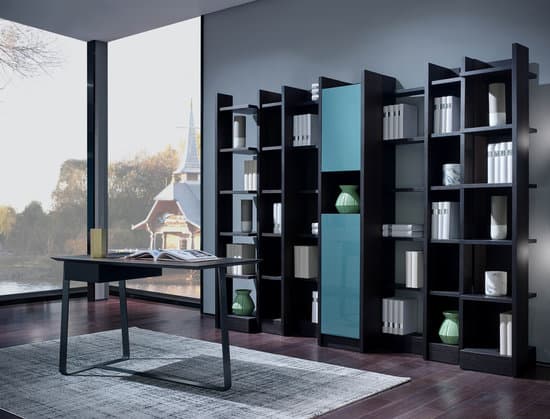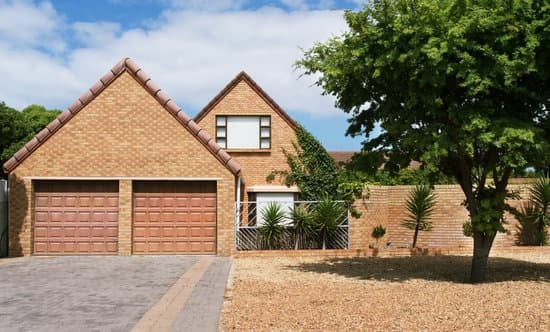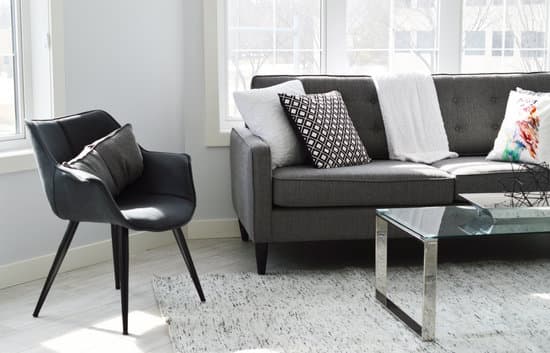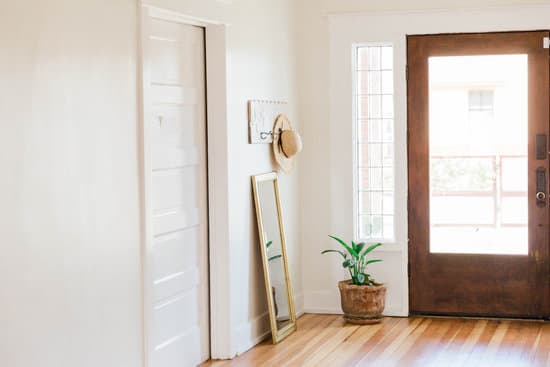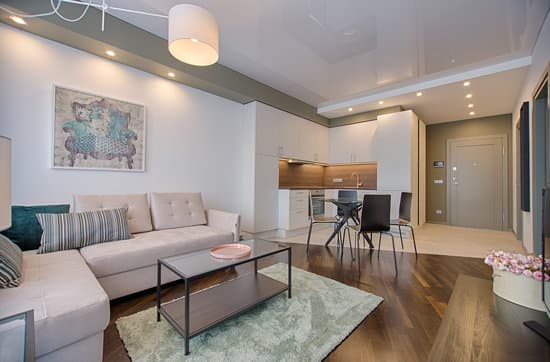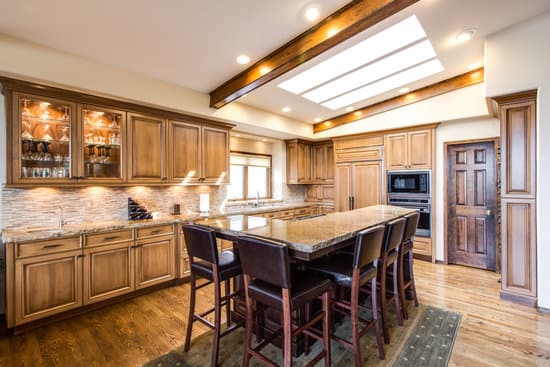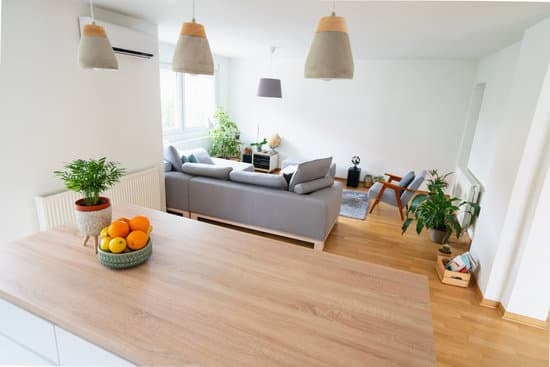Determining the ideal ceiling height for your home theater largely depends on personal preferences and the size of your room. Here are some factors to consider when making your decision:
Screen size: The larger your screen, the higher the ceiling should be to prevent the image from feeling cramped. As a general rule, for a 100-inch screen or larger, the ceiling should be at least 10 feet high.
Seating: If you plan to have tiered seating, you’ll need higher ceilings to accommodate the riser height.
Sound: Acoustics are important in a home theater, and higher ceilings can help create a more spacious feel while reducing echo and distortion.
Architectural style: If you’re building a custom home, you’ll want to consider the architectural style and overall design aesthetic when choosing your ceiling height.
Ultimately, the best ceiling height for your home theater will depend on your unique situation and preferences. Consulting with a professional designer or architect can help ensure that you make the best decision for your space.







